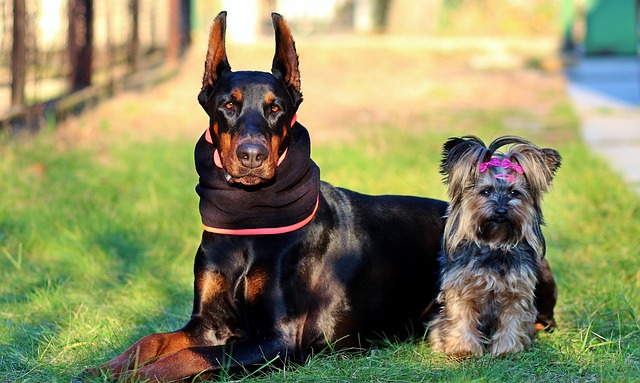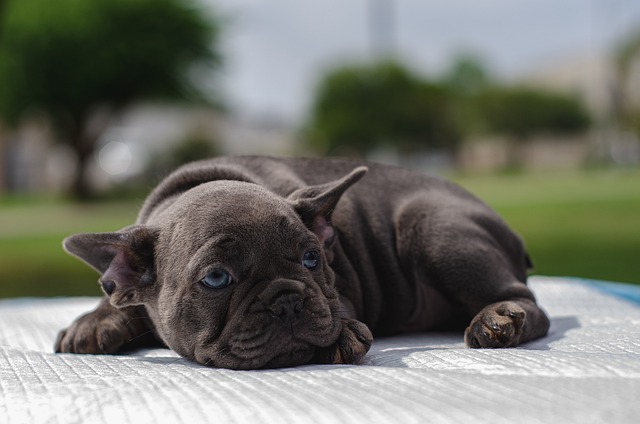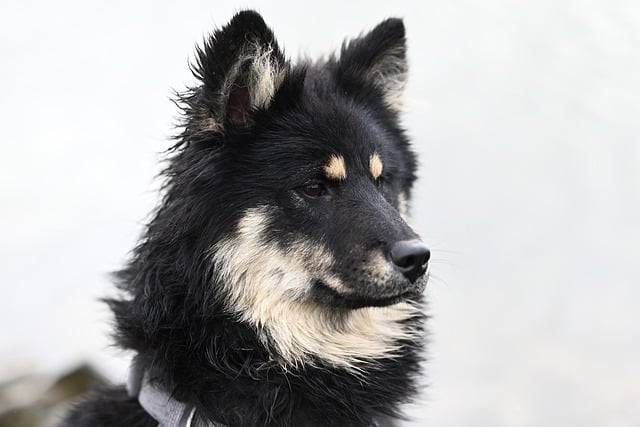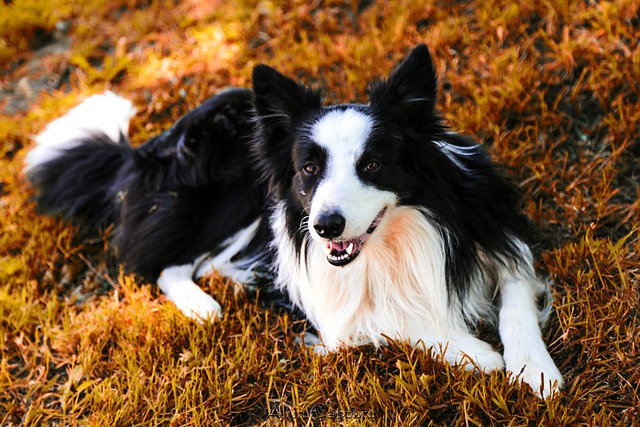
How to play with a dog on a hot day
When the sun blazes and the air feels like a warm blanket, your dog’s usual zoomies around the park might turn into listless stares at the door
That sinking feeling hits as you lock the front door, heading to work on a scorching July morning. You glance back, seeing your furry best friend watching from the window. "Will he be okay in there all day?" It’s a worry countless American dog owners face, especially as heatwaves become more common. Understanding how dogs handle heat is crucial – they don't sweat like us. Instead, they rely mainly on panting and releasing heat through their paw pads and ear flaps, making them far more vulnerable to overheating than humans. An indoor temperature that feels merely warm to you can quickly become dangerous for them, especially for breeds like Bulldogs, Pugs, or thick-coated Huskies.
So, what's the safe zone? Generally, aim to keep your home below 80°F (27°C). Temperatures creeping into the mid-80s (around 30°C) can become risky, particularly without good airflow. Invest in a reliable indoor thermometer placed away from windows and AC vents. If the AC breaks or a heatwave strikes, have a backup plan. This could mean setting up powerful fans to create cross-breezes, freezing water bowls overnight for slow melting, or creating cool retreats in tiled bathrooms or basements. Remember, always provide abundant fresh, cool water in multiple sturdy, tip-proof bowls. Consider pet-safe cooling mats, but ensure your dog doesn't chew them. Leaving the TV or radio on low can provide comforting background noise but does nothing to cool the air.
Crucially, never leave your dog confined in a crate without exceptional airflow and monitoring during high heat. Crates restrict movement and trap body heat. Instead, use baby gates to confine them to the coolest, safest room in the house with non-slip flooring. Watch for signs of overheating: excessive panting, drooling, bright red gums, lethargy, vomiting, or stumbling. If you see these, act fast! Move your dog to a cooler area immediately, offer small amounts of cool (not icy) water, wet their paw pads and belly with cool water, and call your vet. Heatstroke is a veterinary emergency demanding swift dog overheating intervention.

This responsibility ties directly into animal welfare laws and community standards common across the US. Leaving a dog in dangerously hot conditions can lead to animal cruelty charges, hefty fines, or even seizure of the pet – and rightly so. Think of your neighbor in Phoenix last summer whose AC failed; she rushed home upon realizing and immediately took her Golden Retriever to a pre-arranged, air-conditioned doggy daycare rather than risk it. That’s proactive heatstroke prevention. It also reflects the strong cultural emphasis on positive reinforcement training here. Yelling or physical punishment is widely condemned and ineffective. Instead, use treats and praise to teach your dog to relax calmly in their designated cool space. Remember your community duties too: ensuring your dog’s vaccines (like rabies, required by law in most states) are current is vital, especially if they need unexpected boarding during a heat emergency. And always, always carry bags to clean up after your dog during those essential, cooler evening walks – it’s basic responsible dog ownership and community respect.
Ultimately, keeping your dog safe in a hot house boils down to vigilance, preparation, and understanding their limits. Monitor that indoor temperature like a hawk, create cool sanctuaries, know the emergency signs, and always have a Plan B. Your furry family member is counting on you to navigate the summer heat safely and responsibly.

When the sun blazes and the air feels like a warm blanket, your dog’s usual zoomies around the park might turn into listless stares at the door

Dogs sense our moods like little emotional barometers, but calming them doesn’t need fancy tricks. First, carve out their own quiet nook: a plush bed away from foot traffic, maybe near a window where they can watch birds.

French bulldogs—with their squishy faces,bat-like ears,and wiggly tails—are hard not to adore.But their cute,compact bodies come with some unique physical traits that can put extra strain on certain parts of their anatomy,including their backs.

Watching a beloved dog grow old is a mix of joy and quiet sorrow. Those graying muzzles and slower steps hold a lifetime of memories, but as their bodies wind down, subtle shifts start to show.

Watching your dog gray around the muzzle and slow down a little can tug at the heart, but aging doesn’t mean losing that spark.

That panicked scramble when you turn on the garden hose or your pup's sudden refusal to step in a rain puddle - while viral videos show Labs gleefully diving into ponds